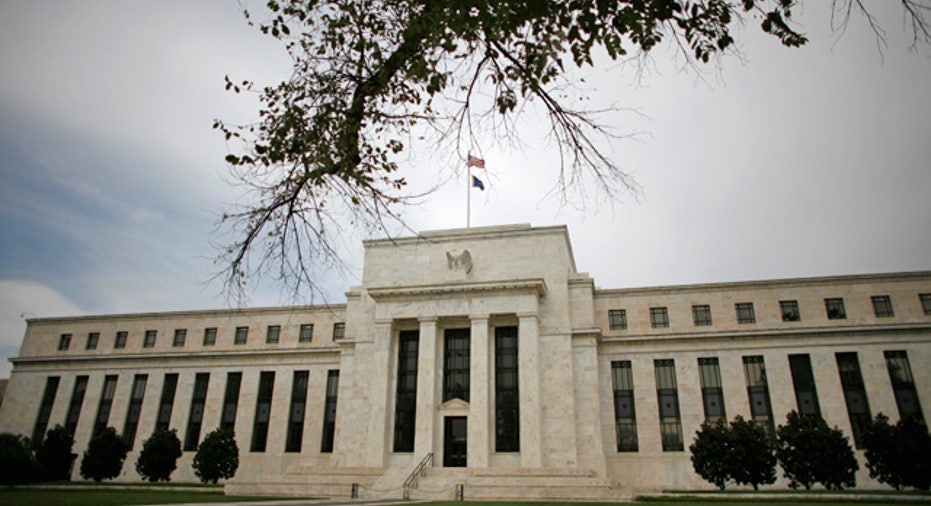With Eye on Turbulent Markets, Fed Won't Be Raising Rates Again

In the wake of their historic decision last month to raise interest rates for the first time in nearly a decade, Federal Reserve policy makers have undoubtedly been keeping a close eye on tepid U.S. economic data, the plunging price of oil, more bad news out of China and the turbulence all that has caused in global stock markets.
With that in mind, it’s all but certain that the policy-setting Federal Open Market Committee won’t raise rates again during their two-day meeting this week. The FOMC meets Tuesday and Wednesday and will release its policy statement at 2 p.m. Wednesday.
“After raising rates in December, there is no expectation of a rate rise at this meeting,” said David Kelly, Chief Global strategist at J.P. Morgan Funds (NYSE:JPM). “Moreover, the Fed will likely acknowledge some of the potential problems caused by market turmoil and re-emphasize its determination to be gradual in raising rates.”
Since no rate hike is expected, investor will instead be looking for the Fed to backtrack somewhat on its optimistic forecasts for 2016, a relatively rosy point of view that had Fed forecasters predicting up to four rate hikes this year. Most analysts believe that’s not likely to happen and are curious whether the Fed will acknowledge as much in Wednesday’s policy statement.
“While the Fed statement will continue to emphasize data dependence and thus not rule out a March rate hike, it will likely leave markets betting on fewer than the FOMC’s projected four rate hikes in 2016. In any event, market expectations for very low interest rates in 2016 should remain intact,” Kelly added.
Following another precipitous decline on Monday, with the Dow Jones Industrial average falling 208 points and the broader S&P 500 dropping 29 points, U.S. stock markets are off to their worst start ever in a New Year.
The main culprit for the stock market correction has been growing concerns that the once-booming Chinese economy, the second largest in the world’s behind the U.S., is slowing down and that the ripple effect will spread like a virus through the world’s emerging economies and eventually land on American shores.
A second culprit has been uncertainty over how far the price of oil can fall before the decline starts having a serious impact on the large U.S. energy sector. Already a number of U.S. energy producers and companies in related sectors have announced layoffs due to falling profits as oil has fallen to its lowest price in 12 years. In fact, a handful of energy companies are reportedly mulling bankruptcy with no end to the oil rout in sight. Oil fell 6% on Monday and dipped below $30 in after-hours trading. Last week a barrel of oil fell to $26.19, the lowest price paid since May 2003.
A standoff between the world’s major oil producers points to a protracted battle that could keep oil at very low levels for the foreseeable future. That’s not encouraging news for investors.
Excluding strong data out of the U.S. labor markets, most domestic data has been mixed or disappointing. The manufacturing sector has been getting hammered for months as a strong U.S. dollar has made U.S. exports more expensive, and the housing sector has been unable to maintain consistent growth throughout the long recovery.
GDP has been equally inconsistent, showing signs of strength in the first half of 2015 but fading ever since. Economists believe fourth quarter GDP will come in at a relatively soft 1% growth rate when the first estimate of the quarter is released Friday.
It’s unlikely the Fed was going to raise rates in January under any circumstances given their repeated vows to raise rates “gradually” after the initial liftoff was announced. The economic turbulence and market volatility since the first of the year pretty much guarantees no action from the Fed this week.